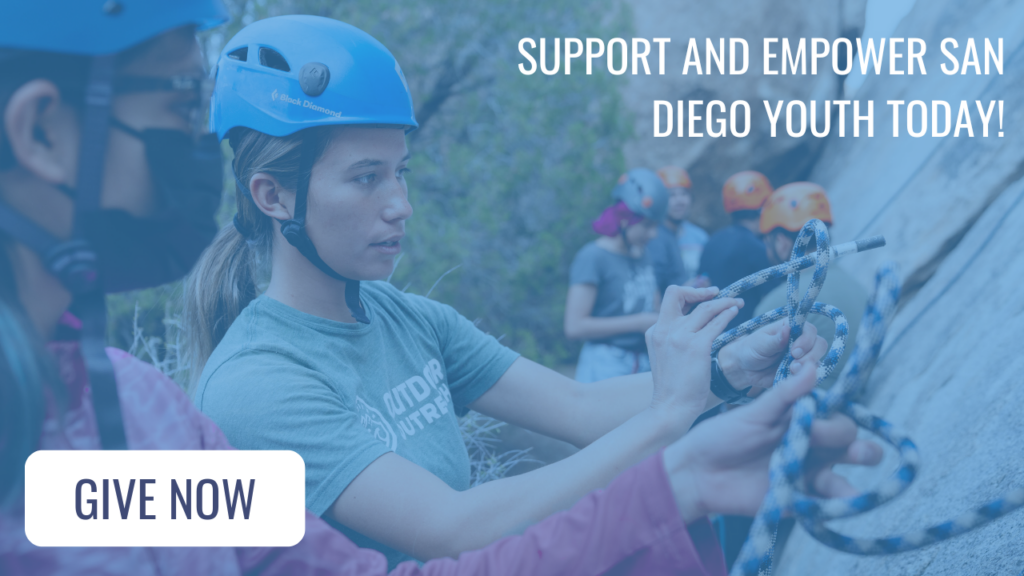The History of Surfing
by Eh Ler Tha, Communications Coordinator at Outdoor Outreach
Despite being glamorized and gaining popularity in the 1950s, surfing has a much richer and deeper history than we might realize.
Surfing as we know it today originated in the Polynesian islands and wave riding was practiced throughout many regions of the world like West Africa and Peru. However, it was in the Hawaiian islands that surfing advanced into the sport as we know it today.
For the people of Hawaii, surfing was historically a spiritual practice and determined an individual’s social status during the king’s era. In early Polynesian culture, the most skilled wave riders were historically the chief since it was strictly reserved for the elite. However, others used their surfing skills as a way to gain social prestige in their community. Competitions were held where the most skilled surfers could earn respect and social status and surfing was also used as warriors training, charging waves to display their athleticism, power, and bravery.
It is unknown to this day when exactly surfing came about as a sport. However, we know it was practiced in Polynesia for centuries by the time it was described by Europeans in 1777. By the 1890’s, the threat to surfing came through new illnesses introduced by the Europeans, which by this time had wiped out more than half of the Hawaiian population. During this time, the expansion of foreign influence led to white settlers overthrowing the native monarchy in 1893 and soon following the U.S. annexing the island in 1898. Leaving surfing in Hawaii near extinction.
As Hawaii’s independence came to an end, it was also the beginning of the native-led revival of a revolution for surfing. A revival that would be exploited by American colonizers when Hawaiians took the sport overseas. In 1907, George Freeth, who is part-Hawaiian, traveled to the west coast and began surfing in southern California. During his prime, he was considered the first white man that was an expert at surfing which led to the creation of California’s surf culture. Another native Hawaiian and Olympic swimmer named Duke Kahanamoku made his way to Australia and New Zealand in 1914, making his way through the southern Pacific waves and attracting an audience wherever he went. These men are credited for reviving the ancient Polynesian art of surfing. What was once an ancient tradition is now a multi-billion dollar global industry that is actively growing and advancing.
History is important and should be passed down over generations to preserve tradition. At Outdoor Outreach, we honor the history of surfing on our surf outings to carry forth the traditions that native peoples who came before us helped create.
Sources:
https://www.islesurfandsup.com/blog/history-of-surfing/
https://www.surfindonesia.com/surfing-history/
https://www.centralhome.com/Surfing-History.htm
Since 1999, Outdoor Outreach has provided opportunities for more than 16,000 young people to explore their world, challenge themselves, and discover what they’re capable of. From the high cost of gear and a lack of green spaces in their neighborhoods, to a general feeling that they don’t belong, under-resourced communities have long faced barriers to meaningful outdoor access. Outdoor Outreach removes those barriers for thousands of young people each year, inviting youth from under-resourced communities to find meaning, and healing, in outdoor spaces. Learn more at outdooroutreach.org.


